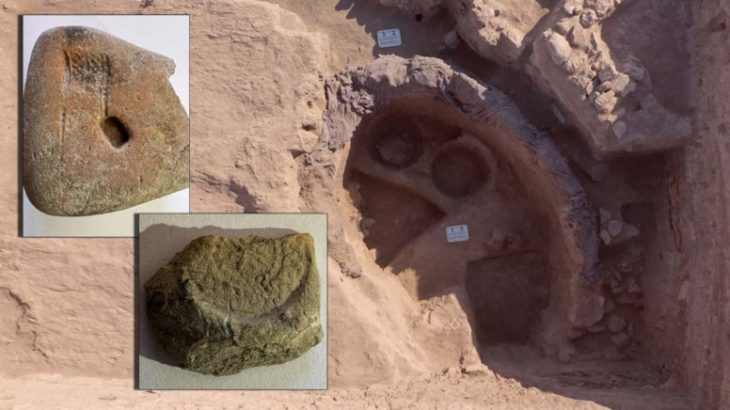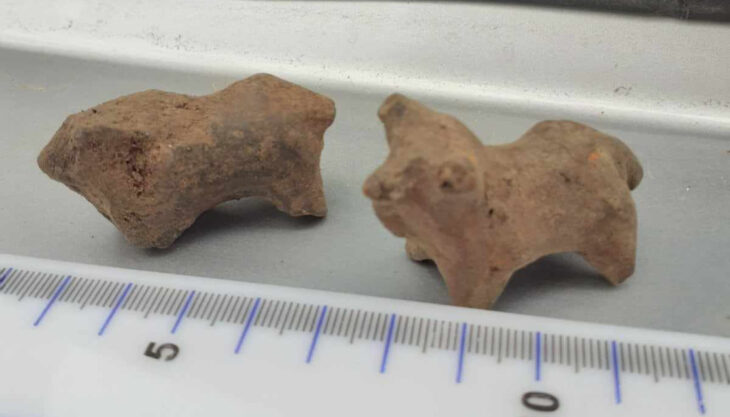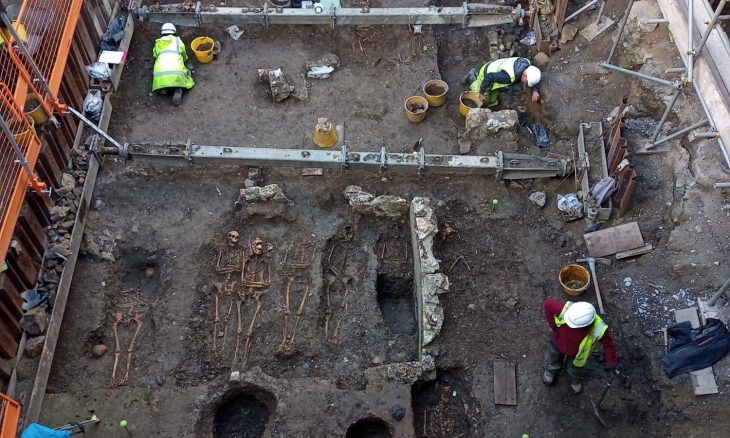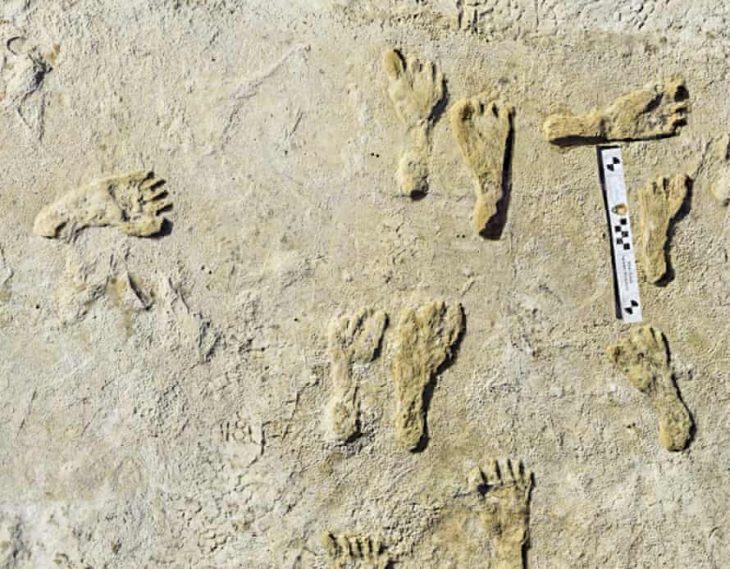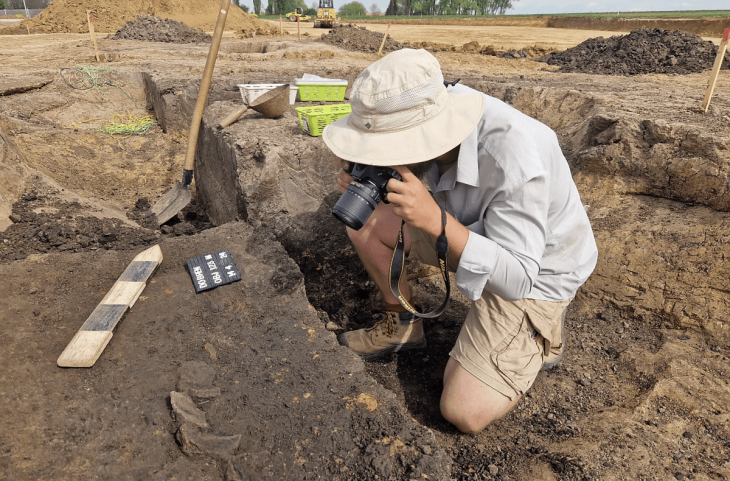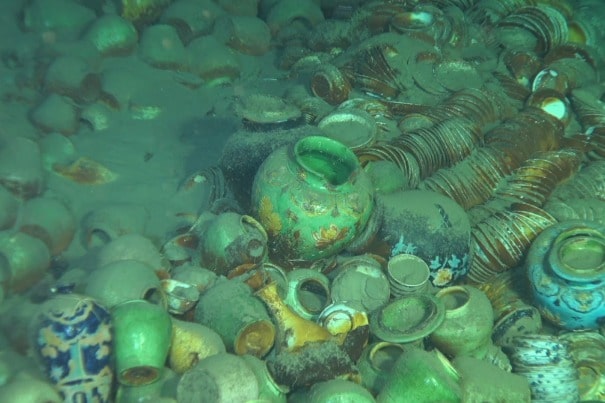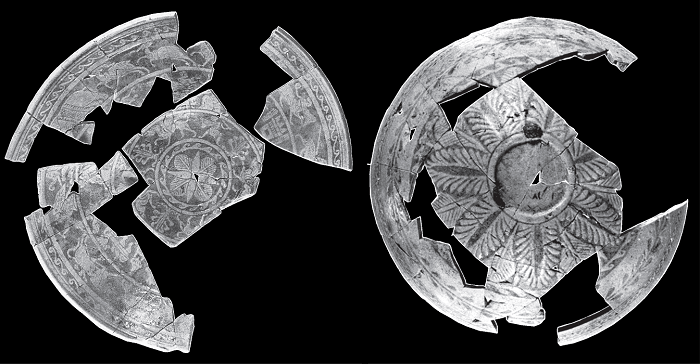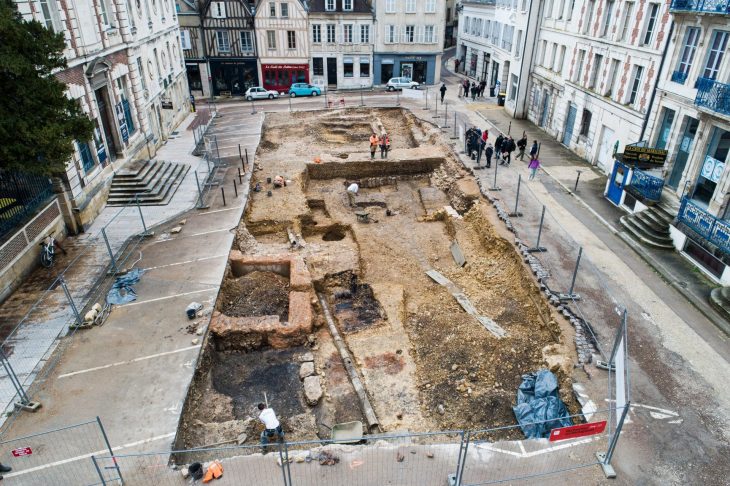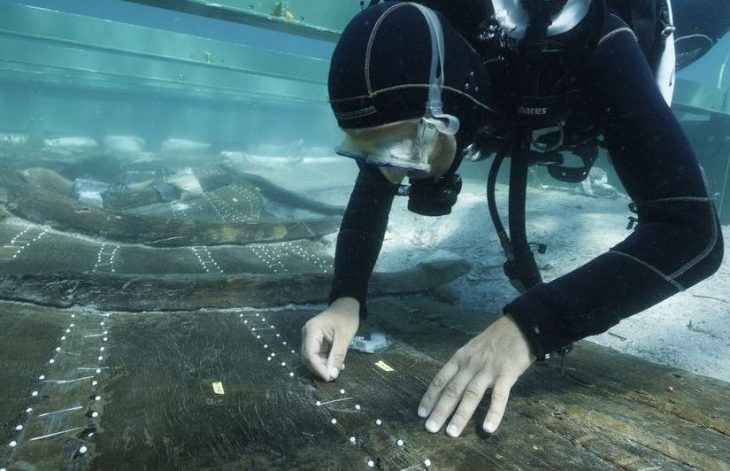Petra was the capital of a powerful trading empire two thousand years ago. It was established by the Nabateans, a people native to the land who specialized in trade and served as the region’s political, cultural, and economic hub for many years.
Petra is an ancient city in Jordan renowned for its remarkable rock-cut architecture. Established by the Nabateans around the 4th century BC, it later came under the control of the Roman Empire.
The city is famed for its monumental structures carved into the sandstone cliffs, notably the impressive mausoleum known as “Al-Khazneh” or “The Treasury.” Petra remained a hidden gem for a long time until its rediscovery in the 19th century. It’s listed as a UNESCO World Heritage Site.
The ancient capital city has a rich history that dates back thousands of years. Archaeologists have previously found a number of documents in this rich history that provide valuable insight into the lives of the city’s prehistoric residents.

The discovery was made in 1961 by a team of archaeologists working in the area. The documents, like the Dead Sea Scrolls, had been forgotten in a cave for around 2,000 years.
They were featured in the Smithsonian Channel documentary Sacred Sites: Petra, where the narrator stated, “They reveal astonishing information about the life of a Nabatean woman named Abi-adan, who lived in the first century AD.”
This woman owned a large orchard of date palms at Maoza near the Dead Sea, indicating that women in ancient Petra could generate significant capital.
The documents are now in the possession of the Israel Antiquities Authority, and Professor Hannah Cotton-Paltiel of the Hebrew University of Jerusalem is an expert on them.
“Abi-adan is a Nabatean woman and the two documents are interesting because she’s selling the same orchard to one person and then to another,” she explained.

Archelaus, a Nabatean strategos, more or less a provincial governor, bought the first orchard Abi-adan, and the month after, she sold another to a man called Shim‘on. The documents not only demonstrate her literacy but also her position in society, as her lands bordered those of the Nabatean king.
Prof Cotton-Paltiel explained: “These are mainly legal documents. This is not a diary of a woman. But, all the time I feel that behind the documents dictated to scribes, there are women who know what they want.
“The sense you get out of the documents is that she was completely independent.”
Professor John Healey, from the University of Manchester, has studied the documents and the way in which society worked in Petra, and noted how women had “agency in this period”.
The set of documents revealed an unprecedented amount of information about individuals who once called Petra home.
Cover Photo: Wikipedia




